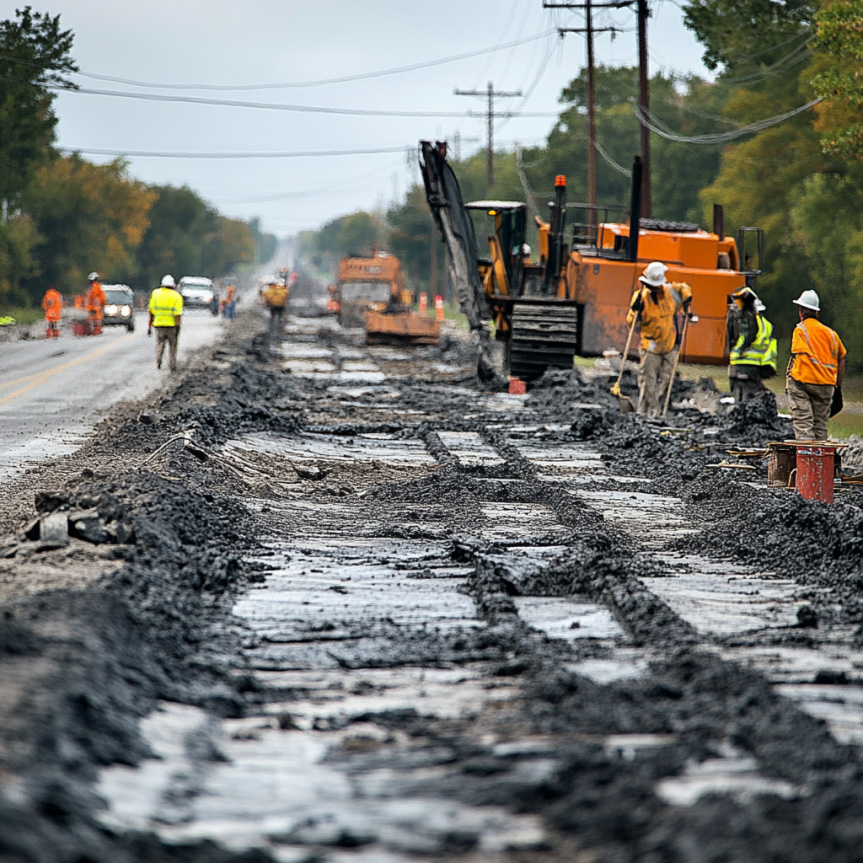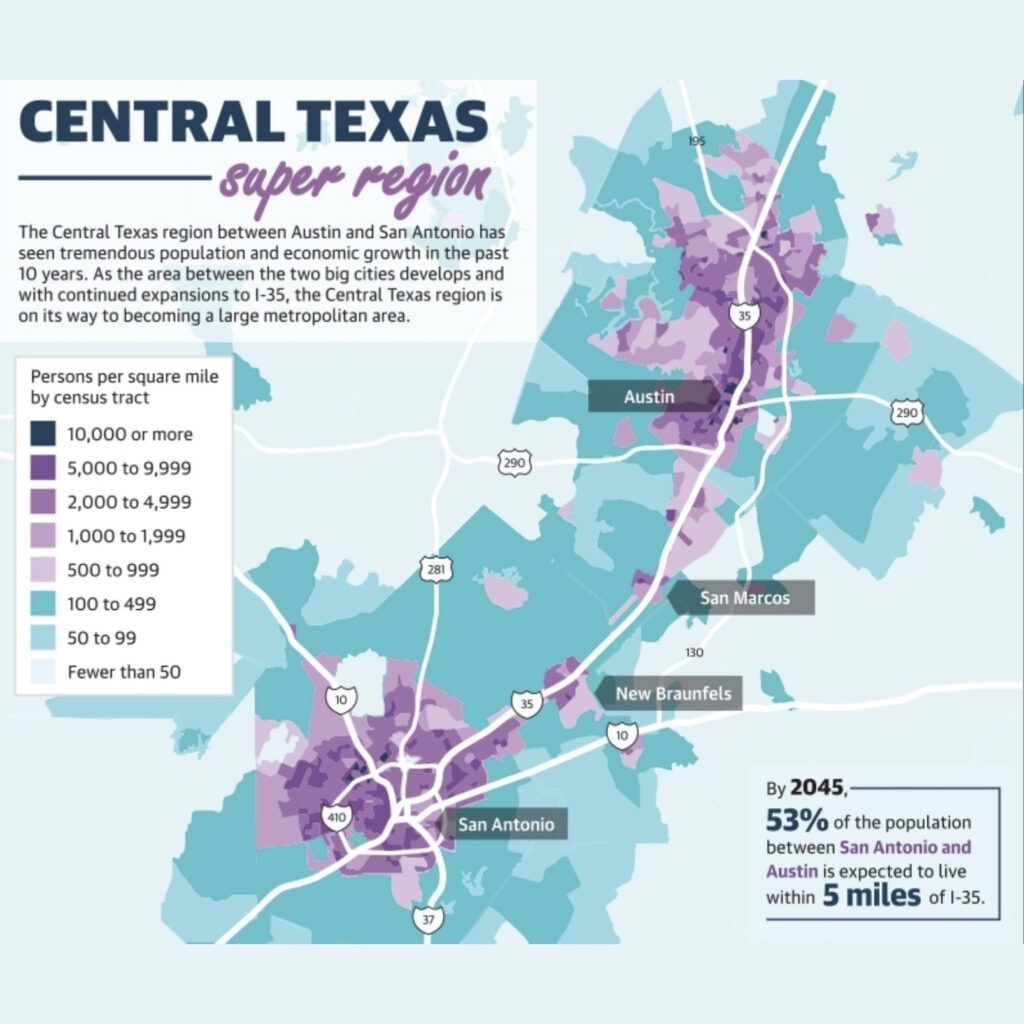Let’s say it outright: we almost always underestimate the costs!
So why not fix this consistent issue and be done with it?! It’s complicated. Most publicly funded major projects need to clearly show that the benefits of the project will be greater than the costs. But this is not an easy task to do. We need to start with a good cost estimate. Good estimates themselves take money, and then there is the estimate of the benefits. This is a part of the chicken and egg problem. You don’t want to go through an expensive design phase if it’s not worth it, but you don’t know if it’s worth it without going through the design phase. As time (and progress) passes, the cost estimates become clearer, but the benefits still take time to observe. When working on large public projects, public opinion may not be well informed of why costs are so high and may contribute to cancelation or voting down of the projects even if the benefits outweigh the costs.
- Engineers are notoriously not good at estimating costs.
This shouldn’t be the biggest surprise, since that is not study construction cost estimating. Also, that estimate is hard for anyone to do. An amazing estimate requires knowledge of what construction companies are available, what equipment is available, what the price of steel and concrete are, etc., as well as their average costs for similar projects and accounting for inflation and global/local economic changes. (I got a headache just thinking about it.) Fun fact: the industry term for the engineer’s cost estimate is called the Opinion of Probable Construction Cost. That’s two qualifiers! Opinion and probable.
What about including the contractors who have that experience? Well, they are usually not allowed to participate in the design cost estimation process because it could give an unfair advantage during the procurement process.
- Prime Contractors are also not good at estimating costs.
The fact is, during procurement, bids often have a huge spread between them. And sadly, many municipalities have a norm, if not a rule, of automatically going with the lowest bid. This known and expected norm has caused the credibility and integrity of these contractor bids to be low. In order to have a chance at being awarded a contract, the lowest bidders, even if not accurate or truthful, often win the contract. This is a sad truth that makes it harder for these high integrity contractors to compete. All to say that the system lends itself to underestimating.
- News and public relations publish estimates too early and give a false confidence in the estimate.
After an estimate is made public, it is difficult to change and is often criticized if increased. Even with more transparency, public confidence in projects wanes when estimates go up, even to the point of conspiracy theories that rival those of alien landings.
- Factors Contributing to Underestimation (vs Overestimation) of Construction Cost Estimates:
Pre-Construction Costs:
The cost estimate for a construction project is not limited to just the actual construction process. It includes several pre-construction expenses such as land acquisition, surveying, legal services, engineering and design, and environmental permitting. These expenses can amount to a significant sum, and if not considered in the estimate, it will lead to underestimation.
Inflation:
The cost of construction is not static, and it’s continually changing. Inflation is a significant factor contributing to underestimation in construction cost estimates. Inflation reduces the purchasing power of money over time. When inflation is not factored in the estimate, the cost of materials and labor will increase over time, resulting in an underestimation of the total cost.
Limited Information:
Another reason for underestimation is the limited information that is available at the time of the cost estimate. A construction project may have unknown conditions or challenges that are not evident during the planning phase. The lack of information may cause contractors to underestimate the cost of the project.
Unforeseen Changes:
Construction projects are complex, and they involve several parties working together to achieve a common goal. Changes in plans or requirements during the construction phase may cause additional expenses, leading to underestimation of the cost estimate.
Single Number Estimate:
A significant challenge with construction cost estimates is that they are often represented as a single number without any further context. This can cause confusion and lead to underestimation of the project cost. Projects included several expenses, including labor, materials, and environmental permits. Without further context, a single figure would be meaningless.
While there is certainly room for improvement in how we develop cost estimates for large construction projects, the biggest area for improvement may actually be in how we communicate those budgets. Budgets are a way to manage expectations, but they are often presented as a single dollar number without the necessary context. As we move forward, it’s important to acknowledge the uncertainties that come with big projects and to be transparent with the public about the potential costs and benefits. By doing so, we can better manage expectations and make more informed decisions about which projects are truly worth pursuing. There’s a lot of work to be done, but with improved communication, we can ensure that our investments in large construction projects are well-informed and ultimately worthwhile.
At Front Line Advisory Group (FLAG), we provide program management consulting services for capital improvement bonds. We are revolutionizing the construction industry and transforming client expectations by obsessing over the basics of budget oversight, schedule enforcement, compliance, vendor management, and stakeholder communication. Contact us for more info at info@frontlineadvisorygroup.com.












